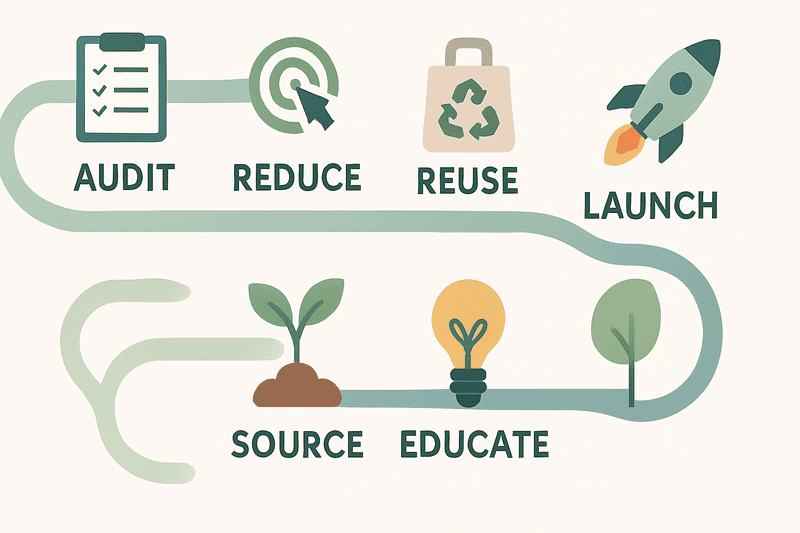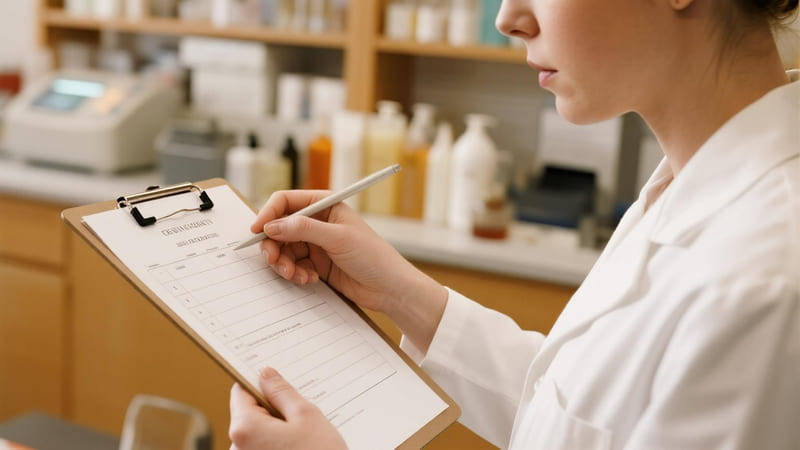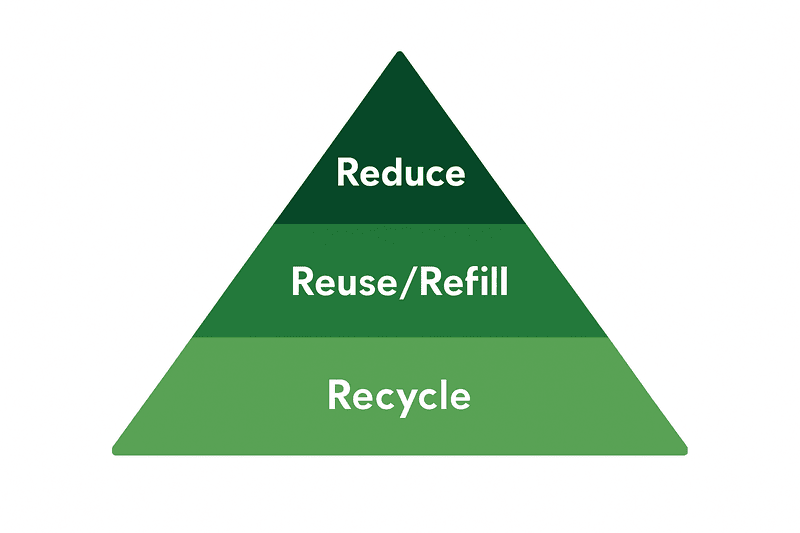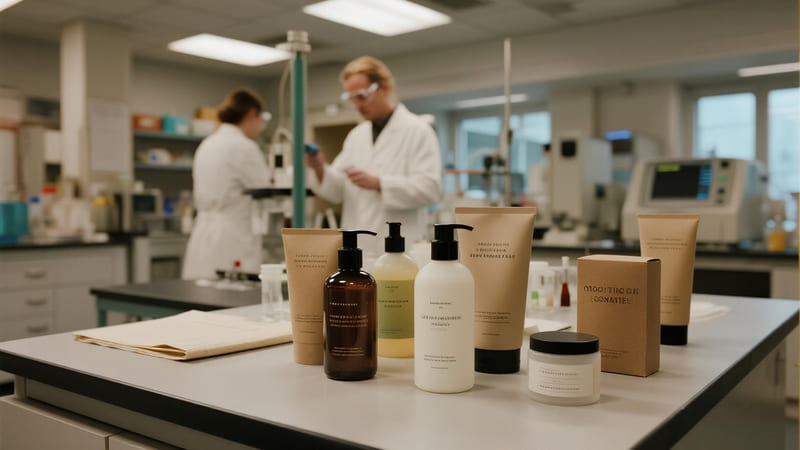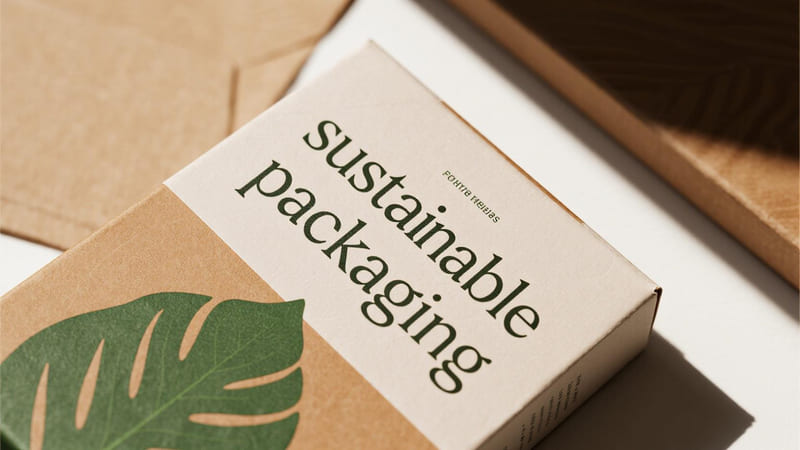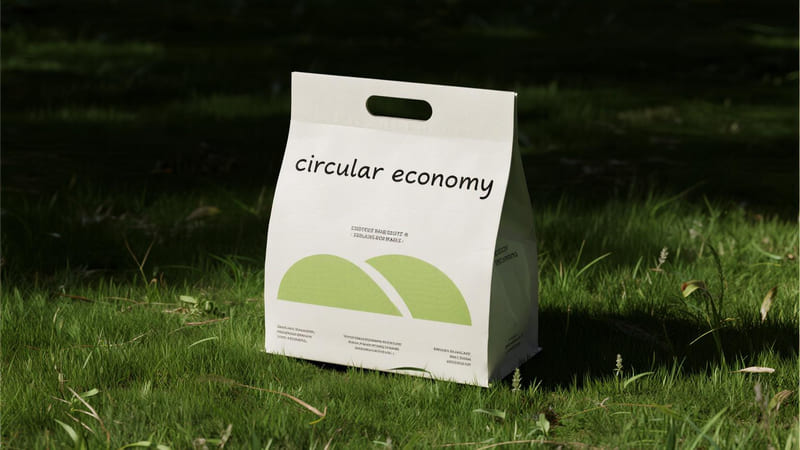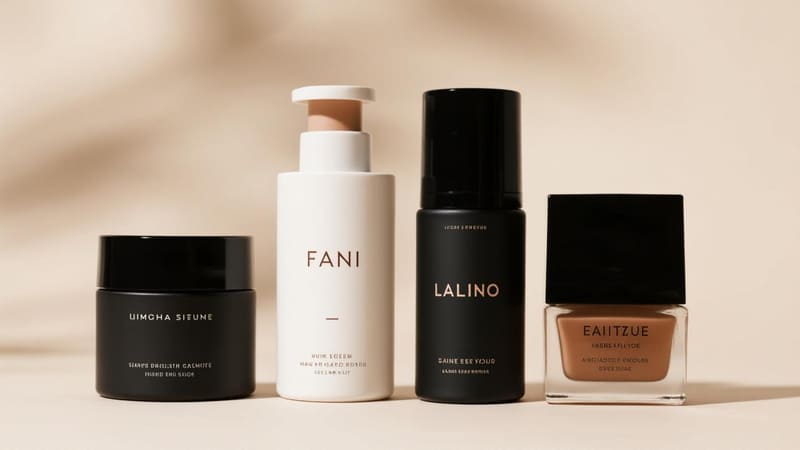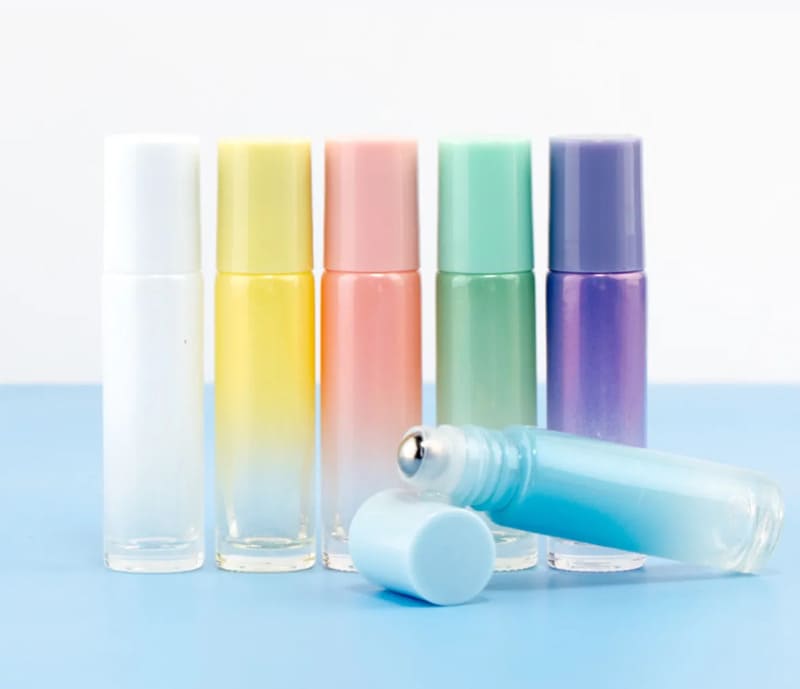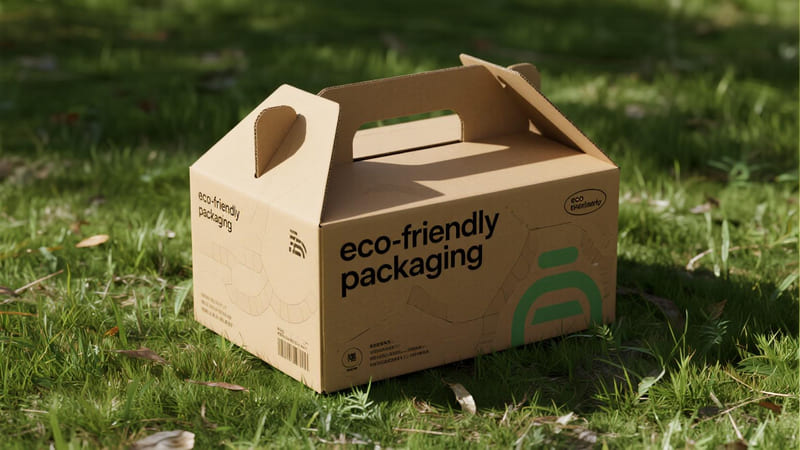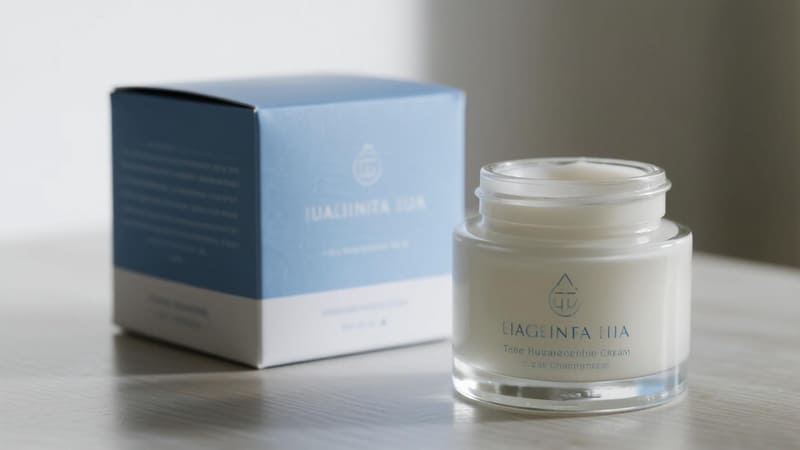Implementing eco-friendly cosmetic packaging is a strategic and increasingly essential move for any modern beauty brand. It’s a process that goes beyond simply choosing a "green" material; it involves a holistic approach to your packaging lifecycle, from design and sourcing to consumer education.
To implement eco-friendly cosmetic packaging, conduct a packaging audit, then follow the "Reduce, Reuse, Recycle" hierarchy: Reduce material usage with minimalist designs, introduce Reuse/Refill systems, and choose Recycled/Recyclable materials like PCR plastics, glass, or FSC-certified paper. Collaborate with knowledgeable suppliers, test for compatibility, and clearly communicate disposal instructions to your customers.
Transitioning to sustainable packaging is a journey of continuous improvement. As a global packaging manufacturer with ShineTop for over two decades, we’ve guided many brands through this process, helping them make impactful changes that align with their values and resonate with their customers. Here’s a comprehensive guide on how to implement it for your brand.
Step 1: Audit Your Current Packaging & Set Goals
Before you can improve, you need to understand your starting point. A thorough audit of your existing packaging is the first crucial step.
Begin by auditing your current packaging portfolio. For each product, identify all components (container, cap, box, insert, label, etc.), their materials, weight, and end-of-life options. Based on this, set clear, measurable sustainability goals (e.g., "Achieve 50% PCR plastic content by 2025," or "Launch a refillable option for our top-selling cream next year").
- Conduct an Audit: Create a spreadsheet and list every single packaging component for your products.
- What is it made of? (e.g., PET, PP, Glass, SBS Paperboard)
- Does it contain recycled content?
- Is it easily recyclable in most curbside programs?
- Is it a mono-material or mixed-material component?
- How much does it weigh?
- Is every component necessary?
- Identify "Hotspots": Where is your biggest environmental impact? Is it a non-recyclable component? Excessive material use? Virgin plastic?
- Set SMART Goals: Make your goals Specific, Measurable, Achievable, Relevant, and Time-bound. This turns vague intentions into an actionable plan.
Step 2: Follow the "Reduce, Reuse, Recycle" Hierarchy
This framework is the cornerstone of sustainable packaging strategy. Prioritize these actions in order for the greatest environmental impact.
Prioritize your implementation strategy using the waste hierarchy. First, focus on REDUCING the amount of packaging used. Second, implement systems for REUSE and REFILL. Finally, for single-use packaging, ensure it is made from RECYCLED content and is designed for easy RECYCLING.
1. REDUCE:
- Minimalist Design: Can you eliminate the outer box for some products? Can you remove plastic shrouds or inserts?
- Lightweighting: Work with your supplier (like ShineTop) to reduce the weight of your glass or plastic containers.
- Concentrates & Solids: Develop waterless or concentrated formulas (like shampoo bars or solid serums) that require significantly less packaging.
2. REUSE / REFILL:
- This is a highly impactful strategy.
- Design Durable "Keepers": Create a beautiful, durable primary container that customers will want to keep.
- Develop Low-Impact Refills: Offer refills in lightweight, recyclable pouches, simple glass vials, or as solid pods.
- Example: My client Anna from Thailand is working with us to develop a refillable system for her best-selling face cream, featuring a beautiful glass "keeper" jar and a simple, recyclable PCR plastic refill pod.
3. RECYCLE (Use Recycled Content & Design for Recyclability):
- Specify Recycled Content:
- PCR (Post-Consumer Recycled) Plastics: Ask your supplier for options in rPET, rHDPE, and rPP. Start with a goal like 30% PCR and increase from there.
- Recycled Glass & Aluminum: These materials have robust recycling streams.
- Recycled Paperboard: Use for your boxes, specifying high PCW (Post-Consumer Waste) content.
- Design for Easy Recycling:
- Mono-Materials: This is key. A PET bottle with a PET cap is much easier to recycle than a PET bottle with a complex mixed-material pump.
- Easy Disassembly: If different materials are needed, can the consumer easily separate them?
- Choose Widely Recyclable Materials: Prioritize clear PET (#1), natural HDPE (#2), and glass.
Step 3: Collaborate with Knowledgeable Suppliers
You don’t have to be an expert in material science, but you do need to partner with suppliers who are. Your packaging supplier should be a key collaborator in your sustainability journey.
Engage with your packaging suppliers early in the process. A good supplier should be able to provide detailed information on sustainable material options (PCR, bio-plastics, FSC paper), advise on designing for recyclability, offer innovative solutions like mono-material pumps, and provide certifications to back up their claims.
- Ask the Right Questions:
- "What percentage of PCR content can you guarantee in your PET/HDPE/PP containers?"
- "Do you offer FSC-certified paperboard for boxes?"
- "Can you help us design a mono-material package for this product?"
- "What are the lead times and cost implications for these sustainable options?"
- "Can you provide certifications for your materials?"
- Leverage Their Expertise: A good supplier, like ShineTop, invests in R&D and stays current on sustainable innovations. We can present you with options you may not have known were possible.
- Request Samples: Always get physical samples of sustainable materials to check for aesthetics (e.g., color variations in PCR plastic) and performance.
Step 4: Test for Product Compatibility and Performance
Switching to a new, eco-friendly material is not a simple swap. It’s crucial to ensure the new packaging still protects your product effectively.
Before committing to a full production run, conduct thorough compatibility and stability testing. Fill your new eco-friendly packaging (e.g., a PCR plastic bottle) with your cosmetic formula and test it under various conditions (different temperatures, light exposure) over time to ensure there is no leaching, absorption, discoloration, or product degradation. Also, conduct shipping tests to ensure durability.
- Chemical Compatibility: Ensure the new material (especially PCR or bio-plastics) does not react with your formula.
- Barrier Properties: Does the new material provide the necessary protection from oxygen, moisture, or UV light for your specific product?
- Durability: Does the lightweighted bottle or PCR container withstand the rigors of shipping and consumer handling?
- Functionality: Do pumps and closures work correctly with the new materials?
Failure to test can lead to spoiled products and costly recalls, which is not sustainable for your business or the environment.
Step 5: Educate Your Consumers
Your sustainable packaging efforts are only truly successful if your customers know what to do with the package at the end of its life. Clear communication is key.
Implement clear on-pack communication to educate your consumers. Use standardized labeling like the How2Recycle® logo to provide simple, actionable instructions on how to recycle or dispose of each component. Use your website and social media to tell your sustainability story and explain how to use your refill systems.
- On-Pack Instructions:
- Use clear, simple language (e.g., "Rinse Jar, Recycle. Discard Pump.").
- Use standardized symbols and labels where possible.
- Digital Education:
- Create a dedicated sustainability page on your website explaining your packaging choices and providing detailed disposal guides.
- Use social media to share tips on how to recycle, repurpose, or refill your packaging.
- Transparency:
- Be honest about your journey. If a component isn’t recyclable yet, say so and explain what you’re doing to find a solution. This builds trust. My client Mohammed from Iraq is exploring adding QR codes to his luxury gift sets to share the story of the sustainable materials used in the packaging.
Step 6: Start Small and Iterate
You don’t have to overhaul your entire product line overnight. Implementing eco-friendly packaging can be a phased process.
Start with a pilot project, such as transitioning one product line or component (e.g., switching all boxes to FSC-certified paperboard) to a more sustainable option. Measure the results, gather customer feedback, and apply the learnings to future rollouts. Sustainability is a journey of continuous improvement, not a one-time fix.
- Pilot Program: Choose a best-selling product or a new launch to introduce your sustainable packaging.
- Gather Data: Track sales, customer feedback, and any operational challenges.
- Celebrate Wins: Share your progress with your customers to bring them along on the journey.
- Continuously Improve: The world of sustainable materials is constantly evolving. Stay in touch with your suppliers about new innovations and look for opportunities to make your packaging even better over time.
Conclusion
Implementing eco-friendly cosmetic packaging is a thoughtful, multi-step process that moves a brand from intention to impactful action. By auditing your current state, strategically applying the principles of Reduce, Reuse, and Recycle, collaborating closely with knowledgeable suppliers like ShineTop, rigorously testing new materials, and clearly educating your consumers, you can create packaging that is not only beautiful and functional but also genuinely responsible. It’s a journey that builds brand value, fosters customer loyalty, and contributes to a more sustainable future for the beauty industry.

